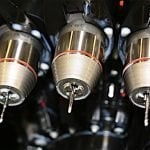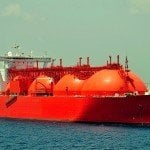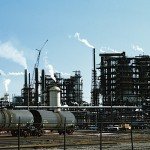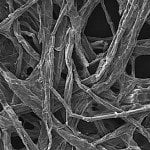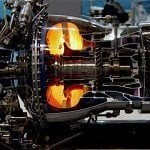A new facility started operations in Iceland on September 8th, 2021. Dubbed, “The Orca”, the installation is designed to pull carbon dioxide out of the atmosphere – 4,000 metric tons per year to be precise – as well as serve as a blueprint for similar technologies.
Built by Climeworks, it’s the largest of its kind, boosting global capacity for the technology by more than 40%. It’s to play an important role in reducing our carbon footprint, reducing greenhouse gases that are warming the planet.
Multiple climate scientists say that developing ways to suck carbon dioxide from the air will be one of the key ways we can push the world toward a carbon-neutral future — and innovative Engineered Design is the key to effective technologies that actually work. But it won’t be smooth sailing. We’ll need to pull almost a billion metric tons of carbon dioxide from the atmosphere per year by 2050 to make our carbon-neutral goals.
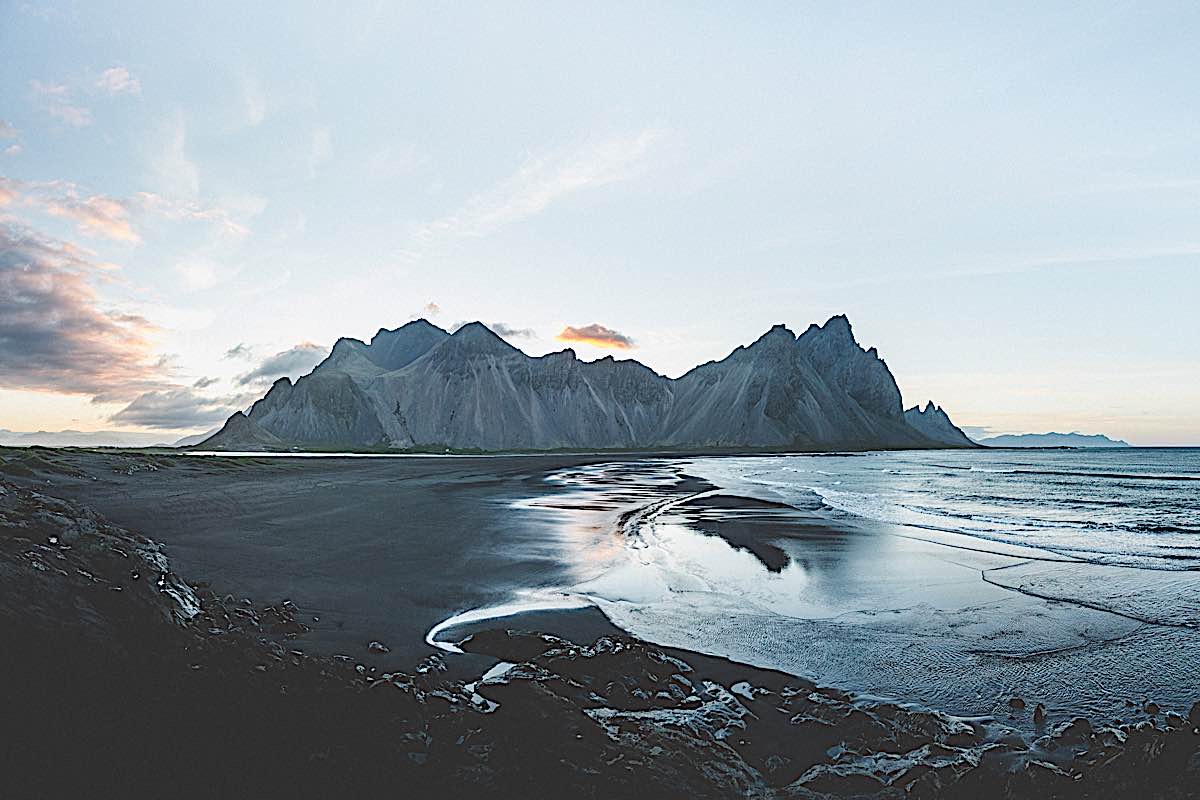
Pull 4,000 metric tons annually
The Orca will be able to pull 4,000 metric tons annually which may seem insignificant but Climeworks says that number is set to grow rapidly as costs decrease and efficiency improves.

How does it work?
The Orca operates using human-sized fans that are built into a series of boxes the size of standard shipping containers. The filters are heated, freeing the gas, after which it’s mixed with water and pumped underground into basalt caverns. Over time, the gas cools and solidifies into dark-grey stone.
This is a fairly standard chemical reaction. It’s essentially pulling the carbon dioxide doing damage out of the air and storing it somewhere it can do less harm.
Pumping carbon dioxide into the ground is only one way to lessen its effects. Other uses include:
- Energy companies mixing carbon dioxide with hydrogen to make fuel
- Farmers feeding their plants with carbon dioxide
- Soda manufacturers using carbon dioxide to fizz their drinks
What are the costs?
At present, the costs of running The Orca are high: about $600 to $800 per metric ton of carbon dioxide. To turn a profit without the help of any government subsidies, the plant needs to get its costs down to $100 to $150 per metric ton of gas.
The current costs reflect both the hands-on requirements of the installation — Climeworks’ projects aren’t built through automation for now — and the huge amount of energy needed to power the carbon dioxide capture process.
It’s expected that those costs will decrease over time, both as energy becomes more cost-effective and the plant becomes more efficient.
Why Iceland?
The Orca was built in Iceland for two reasons:
- The nation has ample supplies of climate-friendly geothermal energy
- They have the right underground geology to facilitate capturing carbon
Iceland is also dedicated to ensuring they do their part in the race to net-zero greenhouse gas emissions – a necessary step in managing the climate crisis.
Engineered Design for a brighter future
Though the plant is young, it represents an exciting new technology that a lot of world leaders are sitting up and paying attention to. With the climate crisis looming, projects like this one are essential for ensuring the survival of our planet.

